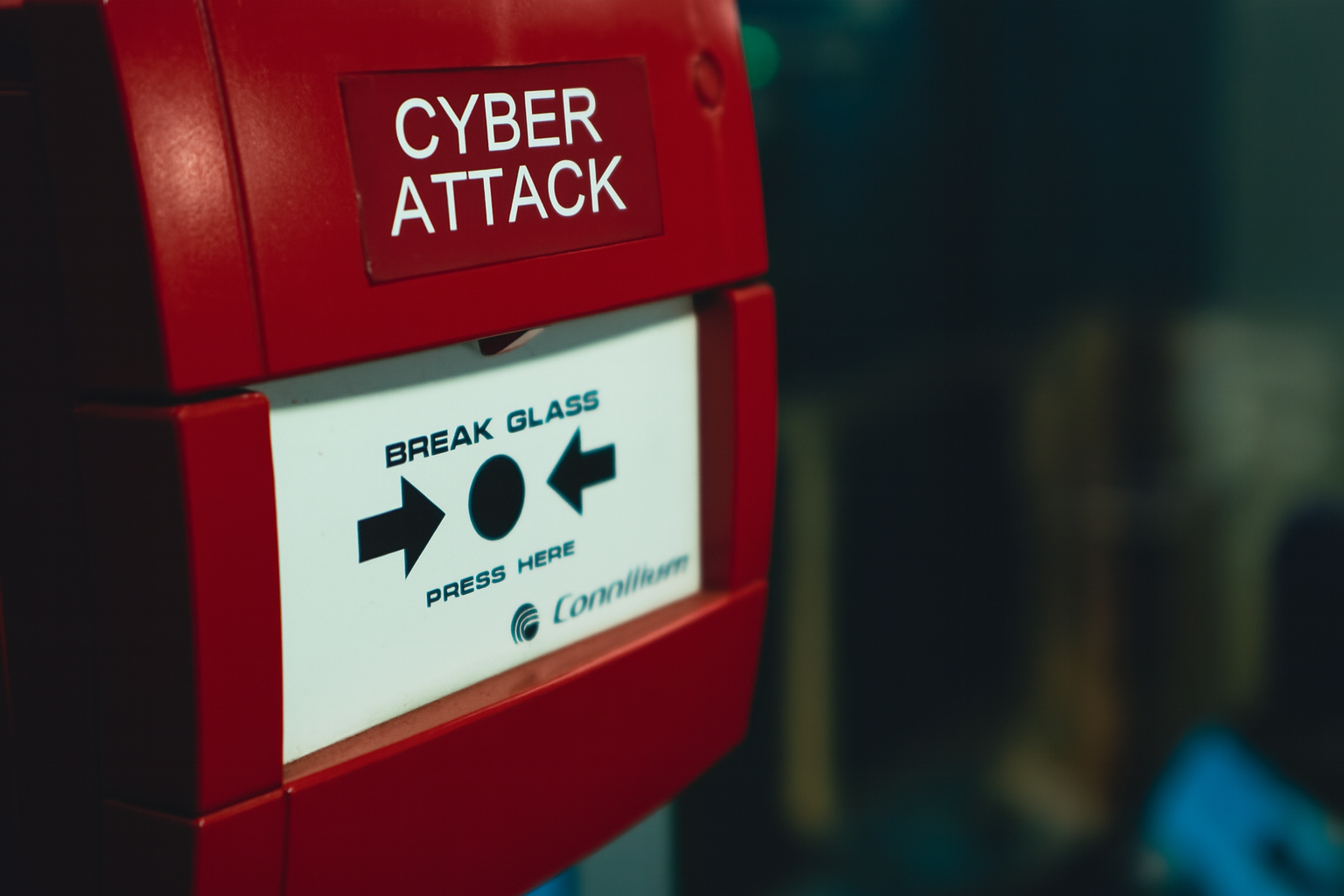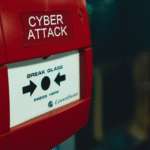From ransomware attacks to data breaches, the question isn’t if your organisation will face a cyber incident, but when. And when that moment comes, the difference between chaos and control often hinges on one simple factor: whether your contingency plan is physically accessible.
A recent BBC report highlights how cybercriminals are increasingly targeting small and medium-sized businesses (SMBs), exploiting gaps in preparedness. Many of these businesses assume their digital backups and cloud-based plans are enough—until they’re locked out of them.
Good Intentions Aren’t Enough—And Neither Is a File on SharePoint
Many businesses operate with an informal understanding of what to do in a crisis. The IT manager knows the drill. The ops team has a rough idea. But when systems go down, stress levels spike, and communication fractures, verbal plans evaporate. And if your plan is stored on the very systems under attack? It might as well not exist.
A printed cybersecurity contingency plan transforms reactive scrambling into proactive execution. It’s not just a safety net—it’s a lifeline when digital access fails.
Why You Need a Hard Copy—Not Just a Digital One
- Offline access during outages: If your network is compromised, you may not be able to access cloud storage, email, or internal drives. A printed plan ensures you’re not locked out of your own response strategy.
- Clarity under pressure: In a breach scenario, every second counts. A physical document provides immediate, unambiguous guidance.
- Cross-team coordination: Cyber incidents affect more than IT. Legal, PR, HR, and leadership all need to act in sync. A printed plan ensures alignment even if digital systems are down.
- Regulatory compliance: Many industries require formal incident response plans. Having a hard copy demonstrates diligence and preparedness.
What to Include in Your Cybersecurity Contingency Plan
A strong plan should cover:
- Incident classification: Define what constitutes a minor vs. major breach.
- Response roles: Who does what—technical containment, legal notification, customer communication.
- Communication protocols: Internal alerts, external disclosures, and escalation paths.
- Recovery procedures: How to restore systems, validate integrity, and resume operations.
- Post-incident review: How to learn, adapt, and prevent recurrence.
Print It, Store It, Practice It
Yes, your plan should live digitally too. Yes, it should be version-controlled and regularly updated. But the act of printing it forces clarity. It turns vague intentions into concrete actions. It ensures that when the lights go out—literally or figuratively—your team still has a map.
Cybersecurity isn’t just a technical challenge—it’s a leadership one. And leaders don’t just document what matters. They print it, protect it, and prepare their teams to use it.
Ready to Build Your “Break Glass” Packet?
At Dunblue, we help SMBs turn contingency plans into action-ready kits—complete with printed protocols, escalation contacts, and offline recovery checklists. If you’re ready to create a physical packet your team can reach for when systems go dark, get in touch with us and let’s build it together.









